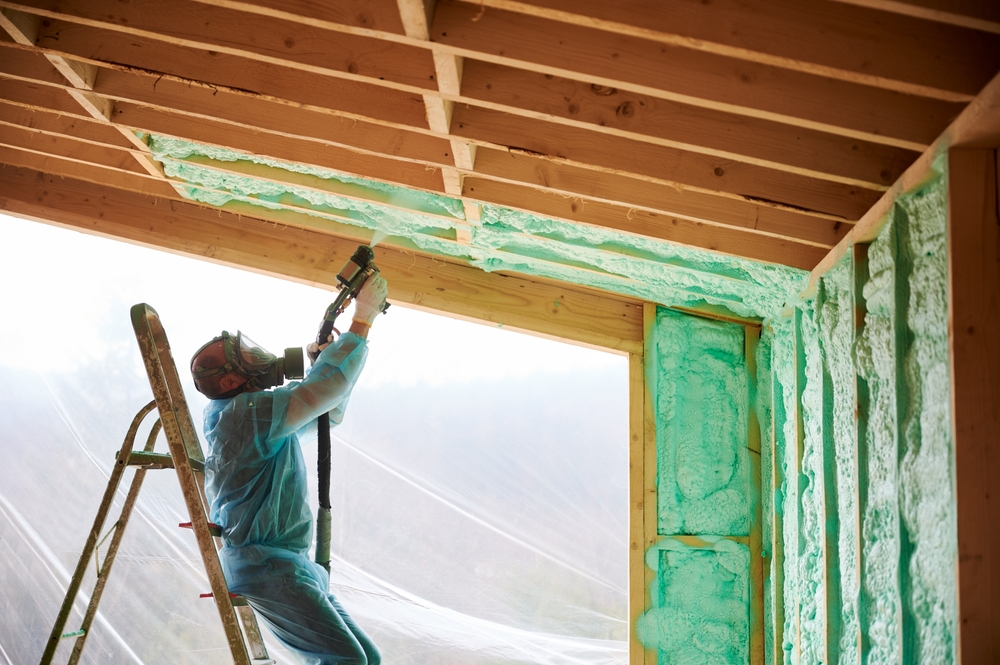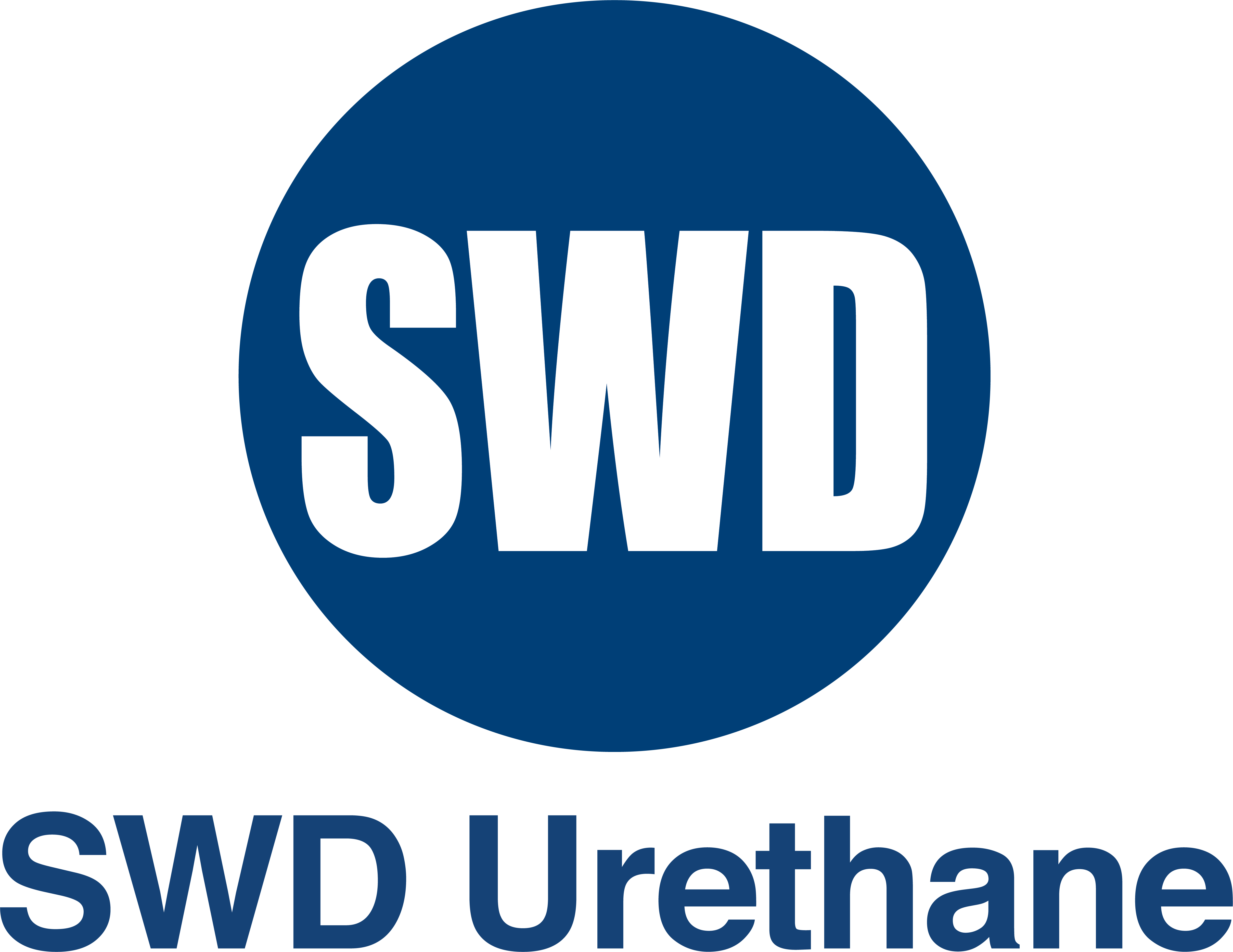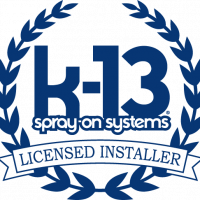
Spray foam insulation has become increasingly popular due to its superior energy efficiency, moisture resistance, and ability to seal off air leaks better than traditional insulation materials. Whether you’re building a new home or retrofitting an older property, understanding how much spray foam insulation costs is essential for budget planning. The cost can vary based on several factors, including the type of spray foam, the area to be insulated, labor rates, and even your geographic location. In this blog, we’ll break down the key elements that contribute to the overall cost of spray foam insulation and provide a comprehensive overview to help you make an informed decision.
Understanding Spray Foam Insulation
Spray foam insulation is a chemical product created by mixing and reacting two materials—typically isocyanate and polyol resin. When combined, they form an expanding foam that is sprayed into walls, floors, and ceilings, where it expands to form a solid, airtight barrier. There are two primary types of spray foam insulation: open-cell and closed-cell.
Open-cell spray foam is lighter and less dense, making it a more affordable option. It is often used in interior walls and ceilings because of its sound-dampening qualities. Closed-cell spray foam, on the other hand, is denser and provides a higher R-value per inch, meaning it insulates more effectively. It also adds structural strength and is more resistant to moisture, making it ideal for exterior applications, basements, and roofs. The type you choose will significantly influence the total cost of your insulation project.
Cost Factors of Spray Foam Insulation
The cost of spray foam insulation depends on several variables. The most obvious is the size of the area being insulated. Spray foam is typically priced by the board foot, which is a volume measurement equal to one square foot of coverage at one inch of thickness. Most projects will require multiple inches of insulation, so the cost can quickly add up.
For open-cell spray foam, the average cost ranges from $0.44 to $0.65 per board foot, while closed-cell spray foam typically runs between $1.00 and $1.50 per board foot. The higher price of closed-cell spray foam is due to its greater density and higher insulating value.
Labor costs also play a significant role in the total expense. Professional installation is recommended because the application requires specialized equipment and training to ensure safety and effectiveness. Labor costs vary by region and contractor experience, but generally, you can expect to pay between $1.50 and $4.90 per square foot for installation, including both materials and labor.
The complexity of the job site can further influence cost. Areas with limited access, irregular shapes, or requiring additional prep work—such as removal of old insulation—will likely increase the overall expense. Some older homes may also require additional ventilation or electrical work, further raising costs.
Average Cost by Area and Application
To get a clearer picture, it helps to consider the cost of spray foam insulation based on the part of the home being treated. Attic insulation, for instance, is one of the most common applications and offers one of the highest returns on investment due to the significant reduction in energy loss through the roof.
For attic insulation using open-cell spray foam, the cost typically falls between $1,500 and $3,000 for an average-sized attic of around 1,000 square feet. Closed-cell insulation for the same space could range from $3,000 to $6,000 or more due to the higher material cost and greater required thickness for sufficient R-value.
Crawl spaces and basements usually require closed-cell foam due to moisture concerns. Costs for these areas can range from $2,000 to $5,000 depending on the square footage and accessibility.
Garage walls and ceilings are often insulated with spray foam to improve thermal comfort and prevent fumes from entering the home. This application might cost between $1,200 and $3,500. Whole-house insulation, which may include walls, ceilings, attics, and floors, is the most extensive project and can range from $10,000 to $30,000 or more, depending on the home’s size and the type of foam used.
Long-Term Savings and Value
While the upfront cost of spray foam insulation can seem steep compared to traditional fiberglass or cellulose insulation, it’s important to consider the long-term savings. Spray foam’s airtight seal significantly reduces heating and cooling costs by minimizing air leakage and improving thermal efficiency. Homeowners often see energy savings of 20–50% annually, depending on their existing insulation and HVAC efficiency.
Moreover, closed-cell spray foam adds structural integrity to your building, resists mold and pests, and can last for decades without degradation, which reduces maintenance and replacement costs. Some utility companies and municipalities also offer rebates or tax credits for energy-efficient upgrades, which can help offset initial installation expenses.
Additionally, homes with high-quality insulation tend to have higher resale values. Buyers increasingly prioritize energy efficiency when shopping for homes, and spray foam insulation can be a selling point that differentiates your property from others on the market.
Making the Right Investment
When considering spray foam insulation, it’s crucial to evaluate both the short-term costs and long-term benefits. Start by getting a professional energy audit to identify areas in your home that would benefit most from improved insulation. Then consult multiple licensed insulation contractors to get detailed quotes. Ask for itemized estimates that clearly differentiate between material and labor costs, and inquire about warranties and certifications.
It’s also worth discussing your specific goals with the contractor—whether it’s reducing energy bills, improving indoor air quality, soundproofing, or increasing home value—so they can recommend the best type of spray foam for your needs.
Spray foam insulation is not a one-size-fits-all solution, but for many homeowners, it offers unmatched performance and return on investment. While the initial expense may be higher than other insulation types, the superior efficiency, durability, and potential savings make it a worthwhile consideration for those looking to improve their home’s comfort and energy efficiency for years to come.
Conclusion
Understanding how much spray foam insulation costs requires looking beyond just the price per square foot. It involves considering the type of foam, the area being insulated, labor charges, regional pricing variations, and long-term savings. With the right planning and professional guidance, spray foam insulation can be a smart investment that pays dividends in comfort, energy efficiency, and home value.
Need Insulation Near You?
Since 2001, Ace Insulation Inc. has been your premier insulation experts. We take pride in being locally owned and operated as well as offering high-quality service. We specialize in the installation of insulation. Whether you are building a new home or renovating your existing space, we are the place to call. We have many materials to choose from, including fiberglass and spray foam. If you are looking for high-quality work, call us today to schedule your next consultation!


